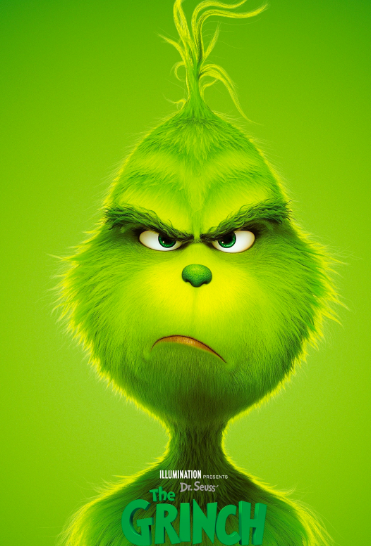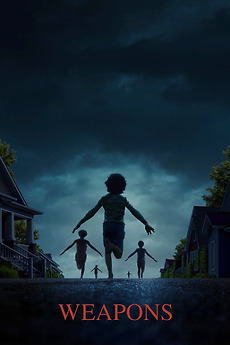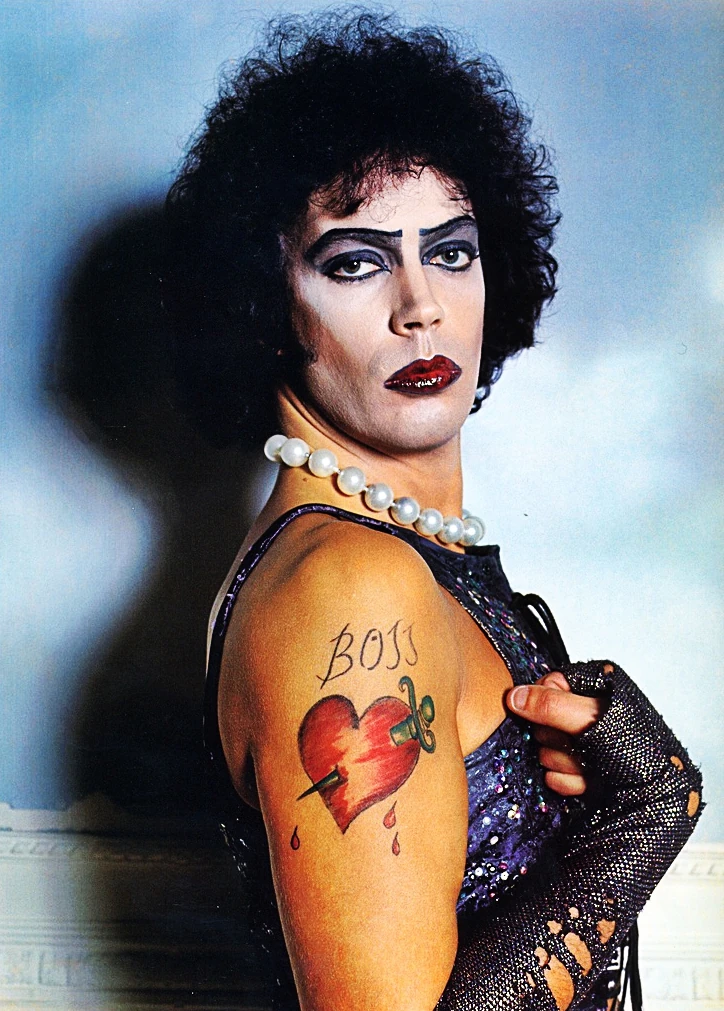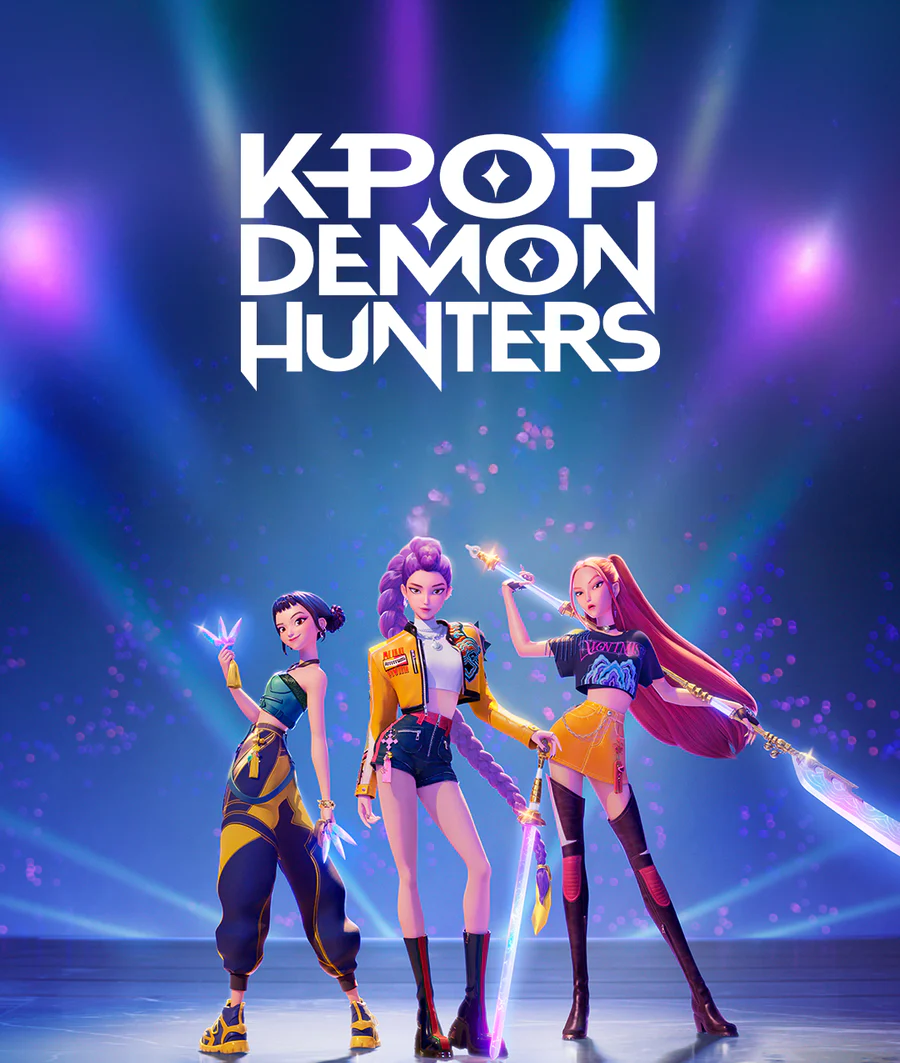
The Grinch movies are a must during Christmas. Many have watched either the live action “How the Grinch Stole Christmas” (2000) starring Jim Carrey or the animated “The Grinch” (2018). However, not everyone knows the complex history and numerous adaptations this story has taken over the years.
The original illustrated book “How the Grinch Stole Christmas!” was first published in 1957, making the curmudgeonly green character almost 70 years old. Dr. Seuss’s inspiration for the creature, who is described as both “as cuddly as a cactus” and “as charming as an eel,” supposedly came from Seuss’ own reflection. He stated, “I was brushing my teeth [in] the morning… when I noticed a very Grinch-ish countenance in the mirror.”
The first film adaptation of the book was the 26-minute animated television featurette “How the Grinch Stole Christmas!” in 1966. It was this adaptation that premiered the catchy song “You’re a Mean One, Mr. Grinch.” The first feature-length adaptation, “How the Grinch Stole Christmas,” debuted in 2000 featuring a live-action Grinch, played by Carrey, who schemes to ruin Christmas for the unsuspecting Whoville citizens. Grinch fans had to wait until 2018 for the next animated adaptation: “The Grinch.” In this film, the Grinch, voiced by Benedict Cumberbatch, once again plots to destroy the Whos’ holiday fun.
Both films have received overall positive reviews. According to Rotten Tomatoes, 81% of viewers liked “How the Grinch Stole Christmas” (2000) and 77% of viewers liked “The Grinch” (2018). However, Monte Vista students and faculty have more varied reactions to the films.
“I think the Grinch is misunderstood,” Viraat Chakravartula, a freshman, said. On the other hand, Melissa Trisko, a teacher, said “I highly recommend people watch it… There are so many important lessons to learn from the Grinch and from the Whos about what matters and who is important.”
As these comments attest, this classic Christmas story garners mixed reviews. Nonetheless, one thing’s for sure: it’s a memorable part of many Americans’ childhoods.








